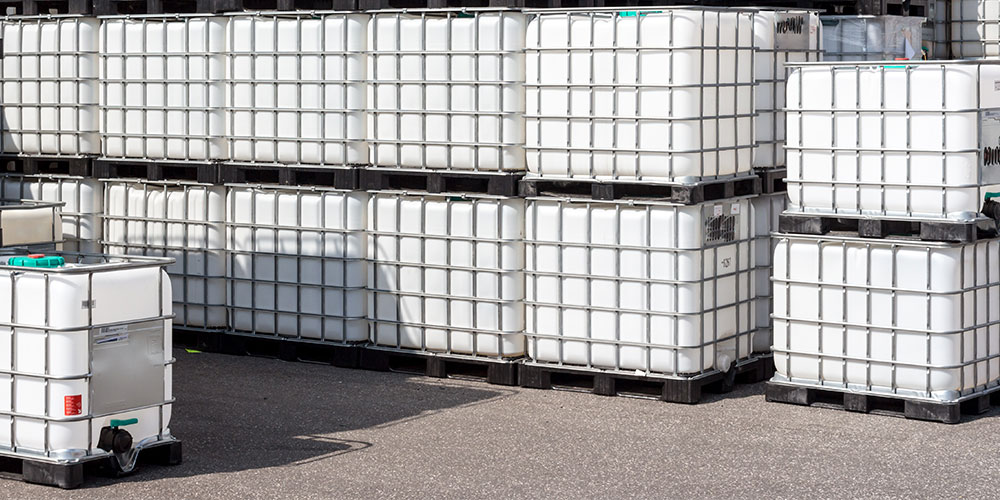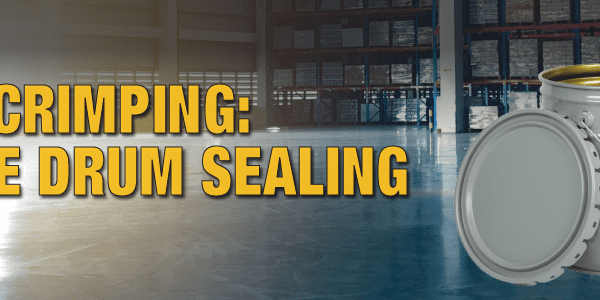ASTM IBC Standards
Recently I wrote a blog about our boxes meeting ASTM standards. For those that weren’t aware, I described ASTM International as an international standards organization that develops and publishes voluntary technical standards for a wide range of products including packaging. In addition to providing standards in the development of corrugated boxes, ASTM can provide guidance in testing hazardous materials packaging, specifically in this case hydrostatic testing of Intermediate Bulk Containers.
Hydrostatic Testing for IBCs is outlined in 49 CFR §178.803 and §178.814.
This states:
“The hydrostatic pressure test must be conducted for the qualification of all metal, rigid plastic, and composite IBC design types intended to contain solids that are loaded or discharged under pressure or intended to contain liquids.”
However, the current regulations have been described as “limited” on the specific details of how to perform the test. (See video below)
This guide provides the detail on how to conduct pressure testing on IBCs and will provide a more consistent process for container manufacturers, testing labs, and regulatory agencies. The new standard will thus help manufacturers pass performance tests and qualify their container designs to meet requirements of the U.S. Department of Transportation’s Title 49 Code of Federal Regulations as well as the United Nations recommendations on the transport of dangerous goods. The new standard will be published as ASTM D8134 and the scope is listed below:
Scope
- The guide is intended to provide a standardized method and a set of basic instructions for performing hydrostatic pressure testing on Intermediate Bulk Containers (IBCs) designs as required by the United States Department of Transportation Title 49 Code of Federal Regulations (CFR) and the United Nations Recommendations on the Transport of Dangerous Goods (UN).
- Focuses on composite and rigid plastic IBCs and is suitable for testing IBCs of any design or material type.
- Clarifies various terms used as part of the United Nations (UN) certification process that may assist in determining the applicable test.
- Provides the suggested minimum information that should be documented when conducting pressure testing.
- Provides information for recommended equipment and fittings for conducting pressure tests.
- This guide is based on the current information contained in 49 CFR §178.814.
- When testing packaging designs intended for hazardous materials (dangerous goods), the user of the guide shall be trained in accordance with 49 CFR §172.700 and other applicable hazardous materials regulations such as the International Civil Aviation Organization (ICAO) Technical Instructions for the Safe Transport of Dangerous Goods by Air, the International Maritime Dangerous Goods Code (IMDG Code), and carrier rules such as the International Air Transport Association (IATA) Dangerous Goods Regulations.
- Units—”The values stated in SI units are to be regarded as the standard. No other units of measurement are included in this guide.







 ICC USA
ICC USA ICC Canada
ICC Canada